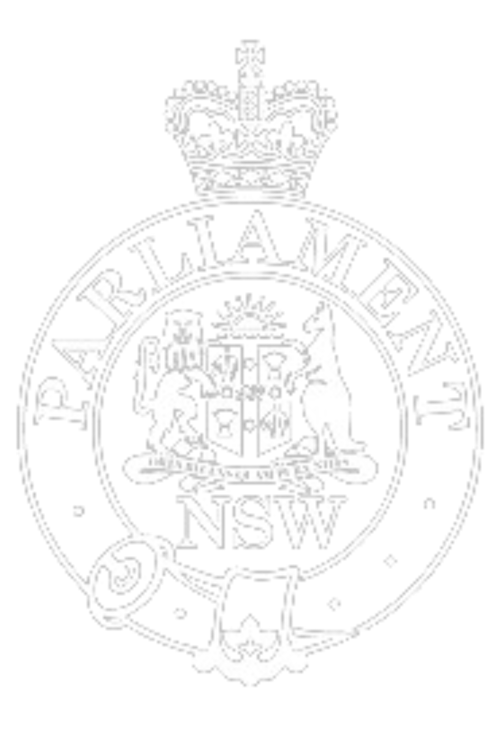Ms Charishma Kaliyanda (LIVERPOOL):
Tonight I speak about the issue of hearing loss in infant and school-aged children, which has profound impacts on long-term health and educational outcomes. Hearing loss, whether brought about by virtue of a child's environment or genetics, is an issue that is not often publicly spoken about and presents a public health challenge with tremendous negative externalities. In Australia, about one in every 1,000 babies is born with significant hearing loss. That statistic rises with age, with an estimated two in 1,000 children by school age and three in 1,000 children by secondary school age requiring assistance due to hearing loss. These afflictions also acutely impact Indigenous children, with Indigenous infants less than one year of age being four times as likely as non-Indigenous infants to develop acute otitis media, or middle ear infection.
In New South Wales the Statewide Infant Hearing Screening – Hearing Program, or SWIS-H, aims to identify all babies born in New South Wales with significant permanent bilateral hearing loss by three months of age and enable those children to be able to access appropriate intervention by six months of age. Identification of significant hearing loss is achieved through universal hearing screening of all newborns. Although approximately 90 per cent to 95 per cent of newborn hearing loss is picked up at this point, there is a significantly lower rate of early childhood hearing loss being picked up prior to the child entering school. Although the rate of hearing loss is lower in children than in adults, the burden of moderate to severe hearing loss in a child's formative years poses profound risks to their development. This extends to their language, cognition, social skills, behaviour and literacy. These consequences, along with the emotional and financial burden of increased medical care, have the potential to put greater stress on families.
Numerous factors influence how significant the inhibitions may be. Firstly, the age of onset—whether at birth, infancy or during school years—provides an indication as to the severity of hearing impairment. Moreover, the availability of technology, education and support influences how well a child and their family adjust to these circumstances. The most important factor in determining the outcomes for hearing-impaired children, however, relates to early identification and intervention. Early identification and intervention are crucial, with research suggesting that intervention before a child reaches six months of age may result in favourable speech and language development and would reduce the need for ongoing special education.
For example, a cochlear implant can be a suitable option for infants as young as three months, ensuring that children have the same opportunity to develop listening and hearing skills as their peers and reach their hearing potential. However, interventions are not limited to cochlear implants. For over 50 years one of the most significant care providers in this space, the Shepherd Centre, has provided support to children and families afflicted by hearing loss.
Mr Paul Scully: A great organisation.
Ms CHARISHMA KALIYANDA: I note the Minster's interjection and the presence of the Shepherd Centre in his electorate. The organisation cares for over 700 families across seven in-person centres in New South Wales and the Australian Capital Territory. Its life-changing support architecture emphasises the role of families at the centre of a child's support network and aims to develop critical sensory and cognitive skills. Through collaboration with the Sydney Children's Hospital Network, ears nose and throat specialists, and educational professionals, the Shepherd Centre creates tailored programs focused on early intervention as well as multistage strategies that prepare the child for schooling and minimise the developmental impacts of hearing impairments.
I recently had the pleasure of visiting the Casula Shepherd Centre where I met the centre's clinical staff, volunteers and participating families. The centre provides a comprehensive level of support, with frequent NDIS sessions for parents and an onsite preschool to enable school preparation and group support sessions for children. Importantly, the preschool caters to non-hearing-impaired children, providing an integrated environment for all. While not-for-profit services like the Shepherd Centre are there for families, the need to raise awareness of early intervention and identification cannot be understated. For children who face socio‑economic status disadvantage, the various consequences surrounding hearing loss are compounded by difficult or inadequate access to primary health care and limited psychosocial or educational support. As we move to a society that prioritises inclusion, access and embraces a spectrum of abilities, we must ensure that every possible pathway is taken to ensure early detection, assessment and intervention for childhood hearing loss. Our families deserve this, our young people deserve this and our community deserves this.


